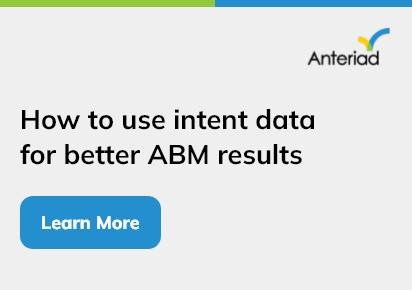Blockchain integration with IoT has opened up new avenues for decentralized networks, data security, and automation. The conventional blockchain model, however, is well-known for its heavy energy usage and thus sustainability concerns. To meet this challenge, companies are increasingly looking into energy-efficient blockchain applications designed specifically for IoT devices. This blog explains how blockchain can be optimized for IoT without diminishing efficiency or security.
ALSO READ: A CEO’s Guide to Profitable IoT-Blockchain Implementation
The Energy Challenge in Blockchain and IoT
Blockchain’s decentralization demands huge computational power, resulting in massive energy consumption. When paired with IoT’s exponential numbers of devices, energy demand becomes exponentially higher. Achieving a sustainable solution is key to mass adoption of blockchain-enabled IoT ecosystems.
Alternative Consensus Mechanisms for Energy Efficiency
Consensus models dictate the means by which transactions are verified in a blockchain network. A switch from conventional Proof of Work (PoW) to more power-efficient frameworks has the potential to greatly minimize consumption.
- Proof of Stake (PoS) – Rather than mining, PoS chooses validators depending on the volume of tokens in their possession, lessening computer work
- Delegated Proof of Stake (DPoS) – An energy-efficient and scalable alternative in which chosen delegates approve transactions
- Proof of Authority (PoA) – Dependent on trusted validators, thus appropriate for enterprise IoT use cases
- Directed Acyclic Graphs (DAGs) – In contrast to blockchains, DAG structures execute several transactions in parallel, removing miners and lowering energy consumption
Edge Computing and Blockchain Optimization
Combining blockchain with edge computing can increase efficiency by processing data near the source.
- Minimizing Data Transfers – By validating transactions at the edge, energy consumption is drastically lowered
- Real-Time Processing – Reduced reliance on centralized cloud networks means lower latency and power consumption
- Scalability – Edge-based blockchain networks are capable of handling millions of IoT devices without overburdening central servers
Lightweight Blockchain Protocols for IoT
Legacy blockchain networks tend to be too heavy for IoT devices with limited computing power. Lightweight protocols can mitigate resource usage.
- IOTA’s Tangle – A blockless distributed ledger, optimized for IoT, with feeless transactions and high scalability
- Nano’s Open Representative Voting (ORV) – A light-weight protocol that achieves quick and energy-efficient consensus
- Hyperledger Fabric – A modular blockchain platform with low-energy private networks, well-suited for industrial IoT use cases
Real-World Applications and Business Benefits
Energy-efficient blockchain technology is reshaping industries, enabling IoT to be more sustainable and scalable.
- Supply Chain Management – Low-energy and secure tracking of merchandise, minimizing operational expenses
- Smart Cities – Energy-efficient IoT networks for traffic management, waste management, and security
- Healthcare IoT – Low power consumption, blockchain-based protection of patient data
- Renewable Energy Grids – Blockchain-based, decentralized trading of wind and solar power with the help of IoT sensors
To Conclude
With growing IoT adoption, companies need to focus on sustainability in their blockchain deployments. With the use of energy-efficient consensus algorithms, edge computing, and light protocols, organizations can create secure, scalable, and green IoT ecosystems. Adopting these technologies will help create a future where blockchain and IoT coexist without inordinate energy expenses.



